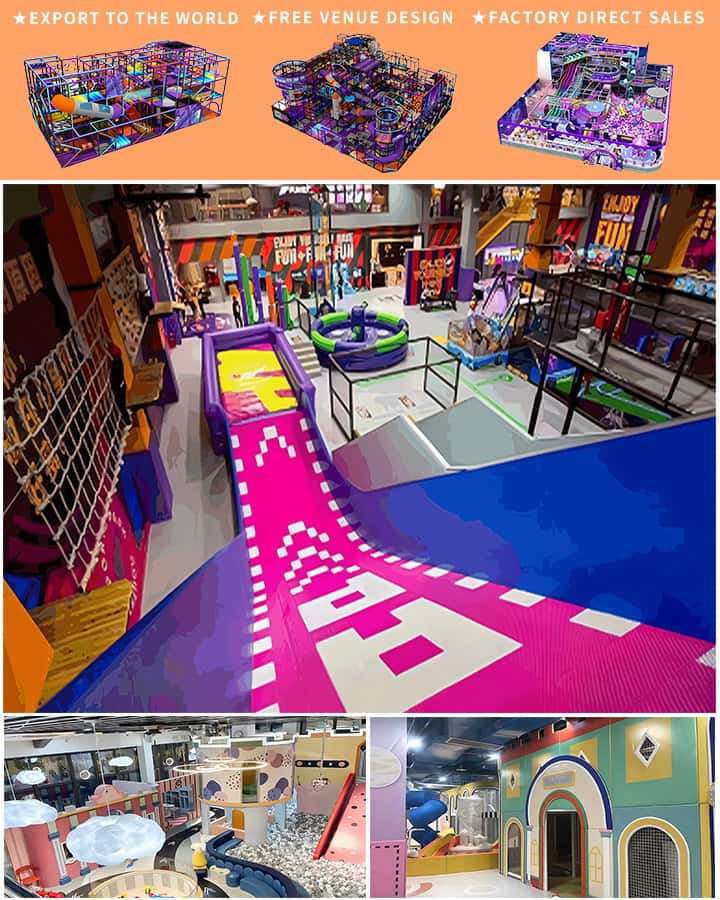In the realm of education, playgrounds are much more than just areas where children burn off energy; they are crucial spaces that contribute to physical development, social skills, and emotional well-being. As schools strive to provide enriching environments for their students, the selection and investment in playground equipment becomes a significant consideration. Balancing cost with quality is essential to ensure that schools can offer safe, durable, and engaging play experiences without overextending their budgets.
The Role of Playground Equipment in Educational Settings
Playgrounds serve as the third teacher in a child’s life, offering lessons that classrooms often cannot. Physical activities promote health and fitness, reduce childhood obesity, and improve motor skills. Moreover, cooperative play on the playground teaches children vital social skills such as sharing, teamwork, and empathy. Emotionally, these settings allow kids to express themselves freely, manage stress, and build confidence. Therefore, investing in high-quality playground equipment is an investment in a child’s overall development.
Understanding the Cost Factors
When it comes to playground equipment for schools, costs can vary widely based on several factors:

- Type of Equipment: Basic structures like swings and slides tend to be less expensive compared to advanced, inclusive playgrounds designed for children of all abilities.
- Material Quality: Higher-quality materials such as recycled plastics, treated wood, or metal can be more costly upfront but often prove more durable and safer in the long run.
- Installation and Maintenance: Professional installation ensures safety standards are met, which might increase initial costs but reduces liabilities. Ongoing maintenance is also crucial for longevity.
- Inclusive Features: Equipment designed to be accessible to children with disabilities might come at a premium but provides invaluable benefits for inclusivity.
- Brand and Manufacturer: Established brands with good reputations may charge more, but they often provide better warranties and customer service.
Strategies for Cost-Effective Investments
While the importance of quality cannot be overstated, schools with limited budgets can still make informed decisions to maximize their investments:
- Prioritize Needs Over Wants: Identify the most critical pieces of equipment that will benefit students the most. Sometimes, starting small and expanding gradually is a feasible approach.
- Seek Grants and Fundraisers: Many organizations offer grants specifically for school playground improvements. Community fundraisers can also supplement budget constraints.
- Compare Multiple Quotes: Shopping around and comparing prices from different suppliers can reveal more economical options without compromising on quality.
- Consider Long-Term Costs: Investing in slightly more expensive, durable equipment can save money in the long term by reducing the frequency of replacements and repairs.
- Engage the Community: Involving parents, local businesses, and community members in fundraising efforts or volunteer installations can spread the financial burden and foster a sense of ownership.
Conclusion
The cost of playground equipment for schools is a significant factor that requires careful consideration. However, the benefits far outweigh the expenses when viewed through the lens of student development and well-being. By prioritizing needs, seeking additional funding sources, and focusing on long-term value, schools can create safe and stimulating playground environments that serve educational purposes and provide joy for years to come. Balancing budget constraints with the goal of enriching students’ lives is not just a financial decision—it’s an investment in the future.




